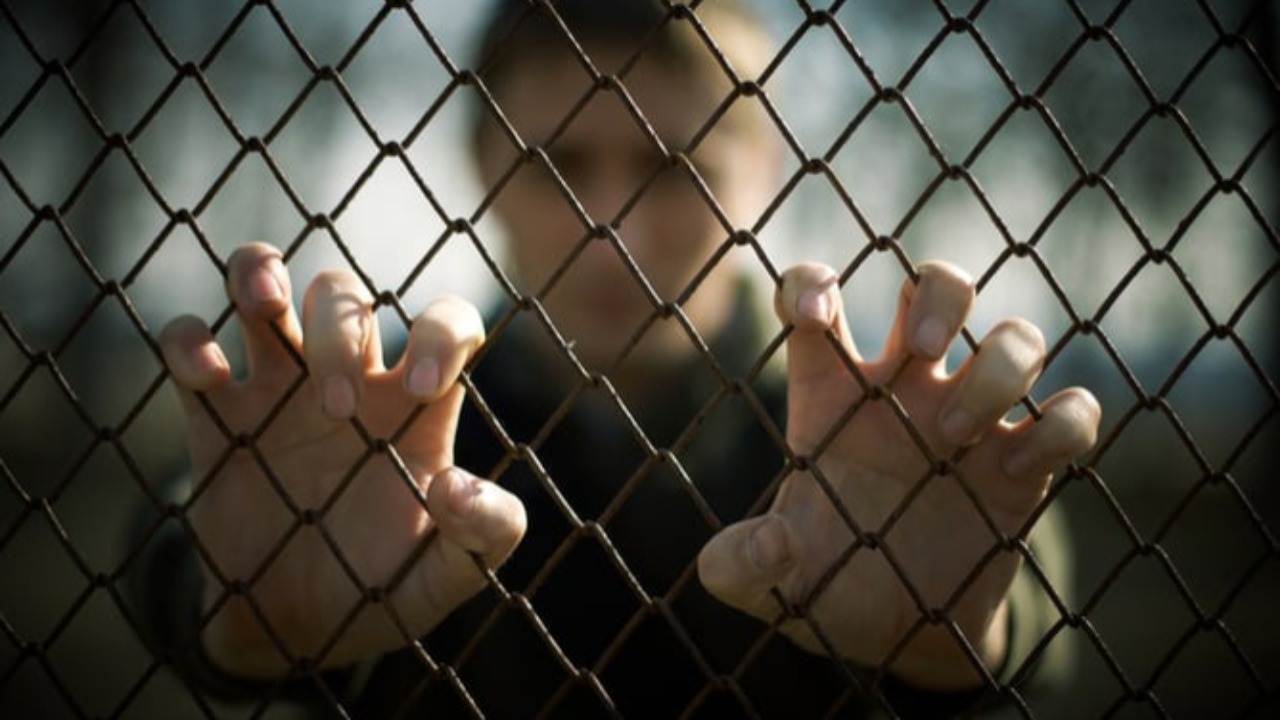Youth Behind Bars: Juvenile Delinquents

In the intricate landscape of the justice system, the term juvenile delinquent evokes a multitude of images and emotions. It is a phrase that encapsulates the complex challenges faced by young individuals who have transgressed the boundaries of the law, as well as the ethical and legal considerations associated with their rehabilitation and reintegration into society.
The Origins of Delinquency
The journey of a juvenile delinquent often begins in a maelstrom of adverse circumstances. These young individuals may come from broken homes, neighborhoods riddled with crime, or have experienced trauma that has left them emotionally scarred. Their actions, while unlawful, are frequently seen as a manifestation of their own tumultuous lives.
The Justice System’s Role
In dealing with juvenile delinquents, the justice system faces a delicate balancing act. On one hand, there is a recognition of their age, vulnerability, and the potential for rehabilitation. On the other, the need for accountability and protection of society from harm must be upheld. This duality gives rise to an array of unique challenges.
Rehabilitation vs. Punishment
A critical aspect of addressing juvenile delinquency is the emphasis on rehabilitation. Instead of punitive measures, many advocate for intervention programs, counseling, and education to address the root causes of delinquent behavior. These approaches aim to equip young individuals with the tools needed to build a law-abiding future.
The Impact of Peer Pressure
The influence of peer pressure is a prominent factor in the world of juvenile delinquency. Young individuals often find themselves caught up in a cycle of delinquent behavior due to peer influence, seeking acceptance, and a sense of belonging. Breaking free from this cycle can be a formidable challenge.
The Stigma of a Label
Being branded a juvenile delinquent can carry lifelong implications. The stigma associated with this label can affect a young individual’s self-esteem, opportunities for education and employment, and even their future interactions with the justice system. It’s a burden they carry long after they’ve paid their dues.
Recidivism and Prevention
One of the paramount concerns is the risk of recidivism among juvenile delinquents. The justice system’s success should not solely be measured by punishing these individuals but by their ability to reintegrate into society successfully. This requires ongoing support, education, and access to resources to prevent future offenses.
The Importance of Early Intervention
Preventing juvenile delinquency begins with early intervention. This encompasses both addressing adverse home environments and providing educational and extracurricular opportunities for young individuals. By catching at-risk youth early, the justice system and society can break the cycle of delinquency.
Restorative Justice
In some cases, restorative justice practices have emerged as an alternative approach to handling juvenile delinquents. These practices focus on reconciliation, allowing young offenders to understand the impact of their actions and make amends to the victims.
The Path Forward
The conundrum of juvenile delinquency is a multifaceted one. It demands a nuanced approach that considers the age and circumstances of the individuals involved. It requires the collaboration of justice systems, social services, educational institutions, and the community to provide the support needed for rehabilitation and reintegration.
The term juvenile delinquent should not merely conjure images of wayward youth but serve as a reminder of the complexities surrounding them. These young individuals are not lost causes; they are young lives in need of guidance, second chances, and the opportunity to become law-abiding, productive members of society.



